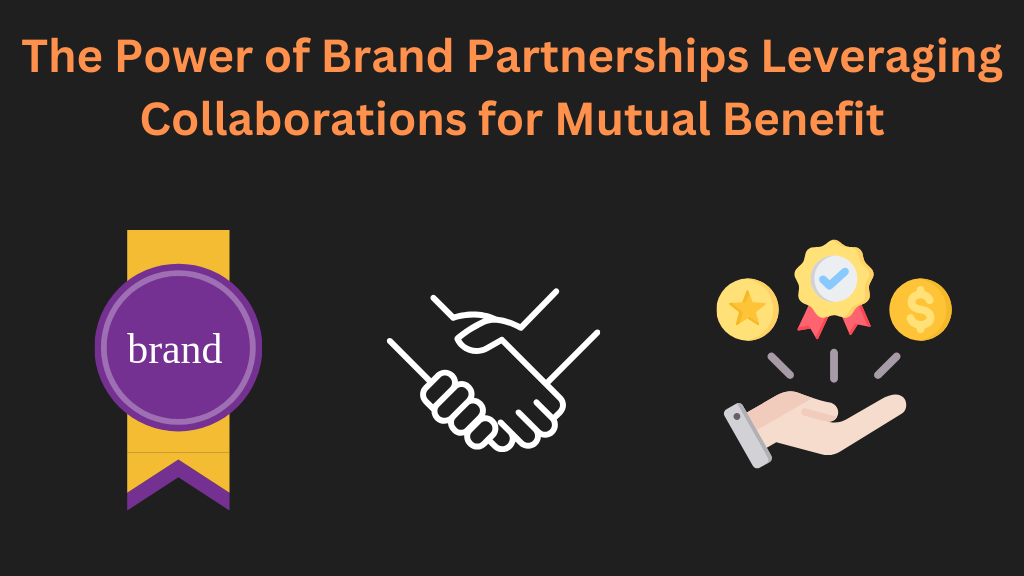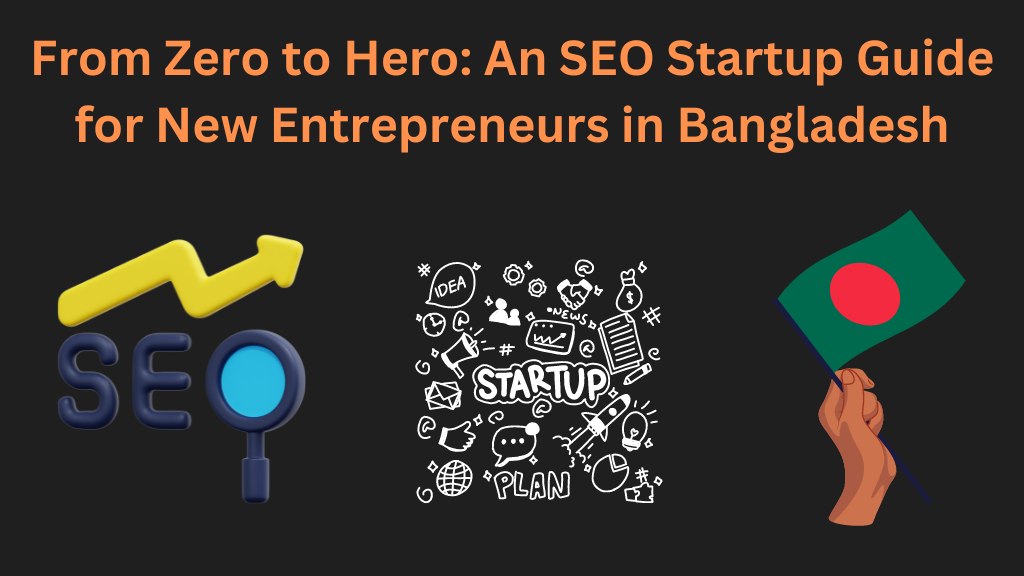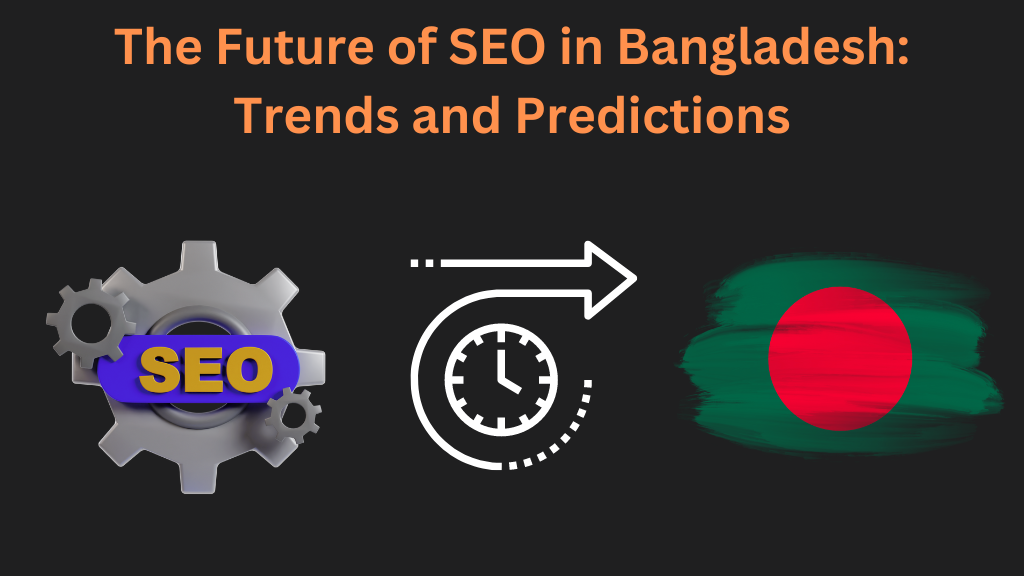Imagine your website, a treasure trove of information, locked away by language barriers. Does that sound familiar? Multilingual SEO can unlock your global potential, connecting with audiences worldwide. But mastering this realm – where keywords morph, cultures differ, and translations matter – can be daunting. Fear not, linguistic allies and digital mavericks! This “Linguist’s Guide to SEO” equips you with actionable strategies, expert insights, and essential resources to conquer multilingual SEO. Ready to translate clicks into conversions and watch your website become a global stage? Dive in and unlock the power of your polyglottal audience!

Table of Contents
ToggleWhy Multilingual SEO Matters:
Imagine your website, brimming with valuable information, hidden behind a language barrier. Multilingual SEO breaks down those walls, ensuring your content reaches users searching in their native languages. This translates to:
- Increased website traffic: By targeting keywords and optimizing content for multiple languages, you open your website doors to a wider audience, boosting traffic and potential customers.
- Enhanced brand awareness: Appearing in search results across languages elevates your brand visibility and establishes you as a global player.
- Improved user experience: Delivering content in users’ preferred languages fosters trust and creates a seamless experience, increasing engagement and conversions.
- Local market dominance: Multilingual SEO empowers you to tailor your message to specific regions and cultures, solidifying your local presence and market share.
Conquering the Keyword Labyrinth:
Navigating the world of keywords in different languages can be daunting. Here are some strategies to conquer this challenge:
- Utilize keyword research tools: Tools like Google Keyword Planner, Ahrefs, and SEMrush offer multilingual capabilities, helping you identify relevant keywords with search volume and competition data.
- Leverage native speaker insights: Partner with linguists or native speakers to understand cultural nuances and search intent variations across languages.
- Think beyond direct translations: Explore synonyms, long-tail keywords, and related searches to uncover broader audience segments.
- Target local search: Include location-specific keywords to appear in local search results for relevant regions.
Translation vs. Localization: Striking the Right Balance:
Simply translating your content word-for-word won’t suffice. Localization goes a step further, adapting your message to resonate with the cultural context and linguistic preferences of your target audience. Consider these guidelines:
- Maintain brand voice and messaging: While adapting language, ensure your core brand message remains consistent across all languages.
- Embrace cultural sensitivities: Be mindful of cultural nuances, avoid offensive language, and tailor your content to resonate with local customs and beliefs.
- Utilize professional translation services: Invest in high-quality translations by qualified professionals who understand the target language and culture.
The Power of Hreflang Tags:
Hreflang tags are like road signs for search engines, indicating the different language versions of your website. Implementing them correctly ensures search engines deliver the most relevant version to users based on their language and location. Here’s what you need to know:
- Use self-referencing and alternate link elements: Specify both the current page’s language and links to corresponding pages in other languages.
- Ensure accuracy and consistency: Double-check for errors and maintain consistency across all language versions of your website.
- Utilize hreflang sitemaps: For large websites with numerous language versions, consider creating a dedicated hreflang sitemap for efficient indexing.
Optimizing Metadata and URLs for Multilingual Impact:
Metadata like title tags and meta descriptions are crucial for grabbing user attention in search results. Optimize them for each language version, incorporating relevant keywords and crafting compelling descriptions that resonate with local audiences. For URLs, consider using language codes or subdirectories to clearly indicate the language version.
Building Bridges with Backlinks and Citations:
Backlinks and citations from high-authority websites in different languages boost your website’s credibility and search ranking. Here’s how to build a strong multilingual backlink profile:
- Target language-specific websites and publications: Guest posts on relevant blogs, directories, and forums in your target languages.
- Participate in local online communities: Engage with local online communities and forums to earn natural backlinks and citations.
- Partner with local businesses and influencers: Collaborate with local businesses and influencers for mutually beneficial link-building opportunities.
Embracing the Voice Search Revolution:
Voice search is rapidly changing how people interact with the internet. Optimize your content for voice queries in different languages by:
- Using natural language and long-tail keywords: Speak the way your target audience speaks, incorporating conversational phrases and long-tail keywords related to their search intent.
- Focus on answering questions: Structure your content in a question-and-answer format, providing clear and concise responses to common voice search queries.
Measuring and Monitoring for Multilingual Success:
Tracking and analyzing performance metrics is essential for understanding the effectiveness of your multilingual SEO strategy. Utilize tools like Google Search Console, Ahrefs, and SEMrush to monitor:
- Organic traffic: Track website traffic originating from organic search for each language version.
- Keyword rankings: Monitor your keyword rankings in different languages to identify areas for improvement.
- Bounce rates and engagement metrics: Analyze bounce rates, time on page, and other engagement metrics to assess user experience across languages.
- Conversions: Track conversion rates to measure the effectiveness of your multilingual content in driving desired actions.
Conclusion: Unleashing the Power of Multilingual SEO:
Optimizing your website and content for multiple languages opens doors to a global audience, fostering brand awareness, boosting user engagement, and driving business growth. By understanding the nuances of language, leveraging the right tools and strategies, and continuously monitoring your progress, you can unlock the true potential of multilingual SEO and connect with your target audience on a deeper level.
Additional Resources and Tips:
- Google’s Webmaster Guidelines for International Search Engine Optimization: https://bonzer.io/blog/international-seo-8-step-guide-to-growing-your-international-presence-on-google
- Moz Beginner’s Guide to Multilingual SEO: https://moz.com/blog/category/seo-basics
- SEMrush Guide to International SEO: https://www.semrush.com/blog/international-seo/
- Connect with translation agencies and language service providers: Partnering with professional translation agencies and language service providers ensures high-quality localized content creation that resonates with your target audience.
- Stay updated on the latest trends and best practices: The world of SEO is constantly evolving. Subscribe to industry publications, attend relevant conferences, and participate in online communities to stay ahead of the curve and refine your multilingual SEO strategy.
Remember, successful multilingual SEO is an ongoing journey. Embrace the challenges, leverage the power of language, and continuously monitor your progress. By dedicating time and effort to this strategic approach, you can unlock the true potential of reaching a global audience and transforming your website into a beacon of information and engagement for diverse communities around the world.





